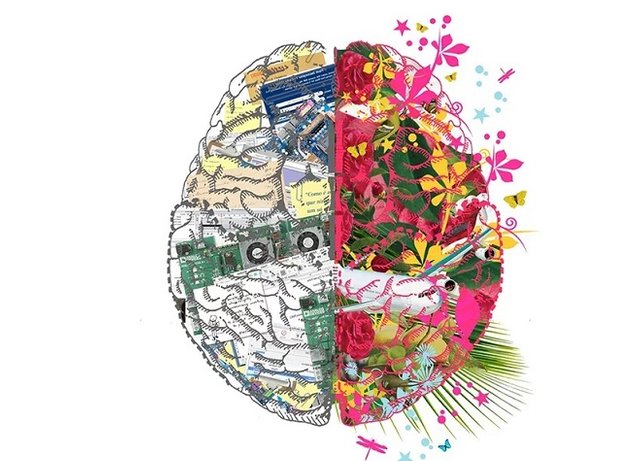Characteristics of cognitive processes sensation, perception / part two /
The sensation is based on the function of the analyzer - consisting of three main parts: a receptor; sensory flow path; sensory cellular field in a particular area of the cortex. As a result of the complex processing of the corresponding nervous process, the sensation arises. It is not a product of the activity of the sensory organs, but the activity of the whole analyst. The sensation is transmitted to the cerebral cortex directly and indirectly, i. There are two ways: specific - that of the analyzer and non-specific - through the so-called reticular formation / networked nerve cellular structure including all areas of the subchannel. The sensation is based on the functioning of the analyzer - consisting of three main parts: a receptor; sensory flow path; sensory cellular field in a particular area of the cortex.
As a result of complex processing of the corresponding nervous process, the sensation arises. It is not a product of the activity of the sensory organs, but the activity of the whole analyst. The sensation is transmitted to the cerebral cortex directly and indirectly, i. E. there are two ways: specific - that of the analyzer and non-specific - through the so-called reticular formation / networked nerve cellular structure including all areas of the subchannel. Classification - according to the nature of the impact and the location of the receptors, three main groups of sensations can be identified: - external / expeptive / being: - visual - vision is the main source of human information and therefore its role is particularly great. The body of vision is the eye. There are about 120 million rods in the retina - black and white and about 7 million color bursts. The lack of receptors - flakes leads to Daltonism. There are many theories about the mechanisms of color vision - the most widespread are the trichromatic theory, the theories of the opposing color; - auditory - are the representation in the human brain of the sounds generated by sounding bodies on the auditory receptor and are variable compression and dilution of the air; - taste - they are a reflection of the qualitative particulars of the human substances taken by mouth.
Chemicals affect the taste buds - they contain the taste buds. There are about 9,000 such small structures, mostly located on the language; - olfactory - they are a representation of the odor of airborne volatile substances. Omitting receptors are located in the olfactory epithelium, consisting of surfaces deep inside the nasal cavity; - Temperature - temperature changes in the external environment are reflected by warm and cold sensations of great importance for raflector regulation of body temperature; - tactile - reflect the presence of pressure on certain areas of the skin. They are based on the activity of the skin receptors, which are located in different parts of the body; - internal / interceptive / are: - organically - related to the organic needs of man caused by the violation of the automatic functioning of the internal organs. It can be a feeling of hunger, cheerfulness, fatigue, etc .; - for pain - signals for irritation and / or impairment of the integrity or functions of the body as a whole or of its individual parts, - for equilibrium - the vertical position of the human body is controlled by the sensations of equilibrium - arises as a result of the functional activity of vestibular analyzer; - proceptive (kinestetic) - for movement of individual parts of the body or even called musculoskeletal sensations. They are caused by nervous arousal coming from the pro-receptors located in tendons, joints and muscles

very reflexion topic.
useful informations.
Well done @godflesh
you are welcome :)
You got a 21.13% upvote from @upme thanks to @godflesh! Send at least 3 SBD or 3 STEEM to get upvote for next round. Delegate STEEM POWER and start earning 100% from your share, daily payouts ( no commission ).
Quick delegation links: 25SP | 50SP | 100SP | 250SP | 500SP | 1000SP | 2000SP | 5000SP | Custom Amount